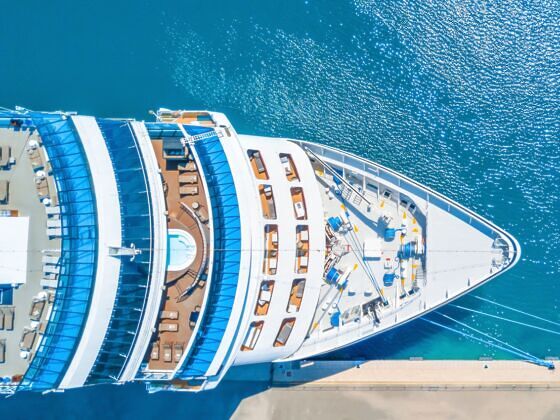Cruising during COVID is not just lazy sea days, alluring coastlines, and all-inclusive perks — it can also include cabin quarantines, canceled trips, and last-minute itinerary changes.
As the Omicron variant started spreading across the US in December, the Centers for Disease Control and Prevention told travelers to avoid cruises, regardless of vaccination status. Since then, the cruise ships COVID-19 warning level has remained at level four — its highest.
But for those eager to travel, cruise ships may offer safer environments than many dry-land destinations regarding pandemic precautions. What’s important for travelers to weigh is whether the potential pitfalls are still worth the wonders of sailing. Cruise ships don’t operate as they did in 2019; adjusting expectations is necessary for navigating the high seas in 2022.
If you’re preparing for an upcoming trip or considering a cruise sometime soon, here are answers to the most pressing questions so you can enjoy your vacation without getting tossed overboard by a tidal wave of surprises.
